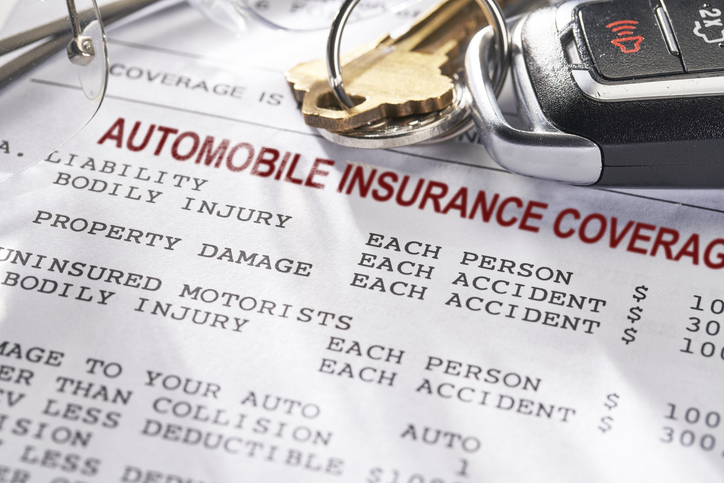The Shocking Truth About Your Rising Car Insurance Bill: What You Need to Know

Have you opened your latest car insurance bill to find that your premium has skyrocketed? You’re not alone. Many drivers are facing the same dilemma, and it’s essential to understand the factors contributing to this increase. In this article, we’ll delve into the reasons behind rising car insurance premiums, so you can take proactive steps to mitigate the impact on your wallet.
- Your Location Plays a Significant Role
Where you live and drive can significantly affect your car insurance rate. Urban areas with higher crime rates, traffic congestion, and population density tend to have more expensive premiums. Additionally, areas prone to natural disasters, such as floods, earthquakes, or hurricanes, may also see an increase in insurance costs.
If you’ve recently moved to a new city or state, your insurance company may have reassessed your risk profile, leading to a higher premium. Even within the same city, certain neighborhoods with higher crime rates or accident frequencies can result in higher insurance bills.
- Your Vehicle’s Make and Model
The type of car you drive can also contribute to an increase in insurance premiums. Luxury vehicles, those with advanced safety features, or high-performance cars often cost more to insure. If you’ve recently upgraded to a newer or more expensive vehicle, this could be the reason for the rate hike.
Furthermore, some vehicles with advanced safety features, like lane departure warning systems or automatic emergency braking, may require specialized repairs, increasing the cost of insurance.
- Data-Driven Insurance Pricing
Insurance companies now utilize sophisticated algorithms and data analytics to determine premiums. This data-driven approach takes into account various factors, including:
- Your credit score (in some states)
- Annual mileage
- Driving history (e.g., accidents, tickets, or claims)
- Education level
- Occupation
- Age and marital status
This information helps insurers create a more accurate risk profile, which can result in higher premiums if the data indicates a higher risk.
- Increased Severity of Claims
As medical costs and vehicle repair expenses continue to rise, insurance companies are passing these additional expenses on to policyholders. This can lead to higher premiums, even if you’ve never filed a claim.




